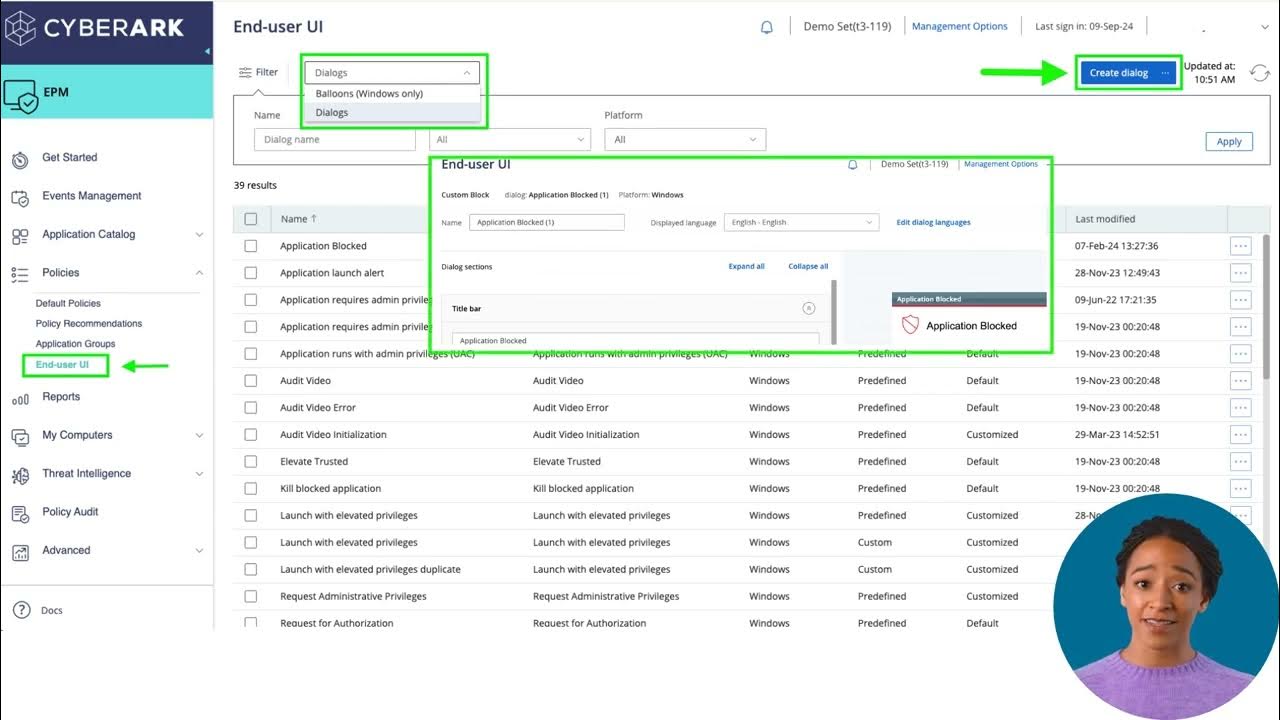VulnerabilityTalk ตอนที่ 103 กับWazuh Opensource XDR หลังจากหนึ่งเดือน
Summary
TLDRThis video explores the use of an open-source platform for endpoint detection and management. The speaker discusses the setup and configuration of various tools to detect security threats such as Boot Force and ES injection, as well as the challenges of using Docker in this context. Key technical aspects include monitoring malicious activities and the integration of system tools. While acknowledging some limitations, the speaker highlights the platform’s potential for teams with the right expertise, especially when dealing with endpoint management and security log analysis, making it a valuable solution for certain use cases.
Takeaways
- 😀 Endpoint detection tools, like Boot Force, require minimal configuration and can be used effectively with a few adjustments.
- 😀 Docker container detection can face challenges, especially if different versions of Docker are running on different machines, requiring troubleshooting.
- 😀 Detecting exploits like ES injections involves analyzing patterns and signatures that indicate malicious activity.
- 😀 Virus detection tools can be utilized via API integrations to help identify malicious actions on endpoints.
- 😀 For Windows environments, integrating tools like 'sism' is necessary to collect endpoint data for security analysis.
- 😀 Effective endpoint security solutions require a mix of components, such as Python, agents, and system management tools, to function properly.
- 😀 Teams should assess their capabilities before implementing complex security systems, considering their experience with OS-level security and automation.
- 😀 Open-source platforms can be a good solution for smaller teams or those with limited budgets, but they may not meet all the needs of larger organizations, such as compliance with specific laws.
- 😀 Open-source security tools can aggregate and correlate events from various endpoints, but they may not replace more advanced SIEM systems.
- 😀 The open-source platform can be a valuable tool for teams with expertise in OS-level security and automation but might have limitations for teams needing more robust features.
- 😀 While the speaker appreciates the potential of the platform, they acknowledge that it may not meet all needs, especially in large-scale or compliance-sensitive environments.
Q & A
What is Boot Force detection, and how does it work?
-Boot Force detection is a feature that can detect specific security threats related to the boot process. The speaker mentions that it works without requiring much configuration and can be effective with minimal setup.
What issues did the speaker encounter with Docker during their security setup?
-The speaker faced compatibility issues with Docker, as they were using different Docker versions across different endpoints, which prevented proper detection. This issue was not fully resolved during the discussion.
What role does Python play in the speaker's security platform setup?
-Python is used as part of the security platform setup. It is one of the tools that must be installed in order to effectively utilize the system's monitoring and detection capabilities.
How does the platform handle security event detection?
-The platform uses a variety of methods to detect security events, including API calls for virus detection and monitoring of system processes for malicious activity, such as malicious command execution or injection attempts.
What is the function of 'sism' in the speaker's security platform?
-'Sism' is mentioned as a system monitoring tool that works in conjunction with the security platform. It helps in gathering data for analysis and assists in detecting suspicious activities on endpoints, especially for Windows systems.
What are the requirements for implementing this security platform effectively?
-To implement the platform effectively, several components are needed, including an agent, Python, monitoring tools, and 'sism'. Additionally, skilled personnel and automated processes are important for optimal setup and operation.
How does this open-source platform compare to more advanced security solutions like XDR and SIEM?
-The speaker notes that this platform is a good choice for organizations that don't have the budget for more expensive solutions like XDR or SIEM. While it may lack some advanced features, it is a viable option for basic security event detection and endpoint monitoring.
Does this platform provide sufficient event correlation for compliance purposes?
-The speaker suggests that while the platform offers event correlation, it may not fully meet the compliance requirements for logging in certain environments, especially in terms of meeting legal obligations like data storage for auditing purposes.
What is the main advantage of using this security platform for smaller or less-resourced organizations?
-The main advantage is that the platform is open-source and does not require significant investment. It is suitable for organizations with limited resources, especially those that already have skilled teams and automated processes in place.
What does the speaker recommend for teams that want to use this platform effectively?
-The speaker recommends that organizations using this platform should have experienced teams that are familiar with the underlying operating systems and security protocols. Automation and software distribution should also be in place to maximize the platform's effectiveness.
Outlines

This section is available to paid users only. Please upgrade to access this part.
Upgrade NowMindmap

This section is available to paid users only. Please upgrade to access this part.
Upgrade NowKeywords

This section is available to paid users only. Please upgrade to access this part.
Upgrade NowHighlights

This section is available to paid users only. Please upgrade to access this part.
Upgrade NowTranscripts

This section is available to paid users only. Please upgrade to access this part.
Upgrade Now5.0 / 5 (0 votes)





